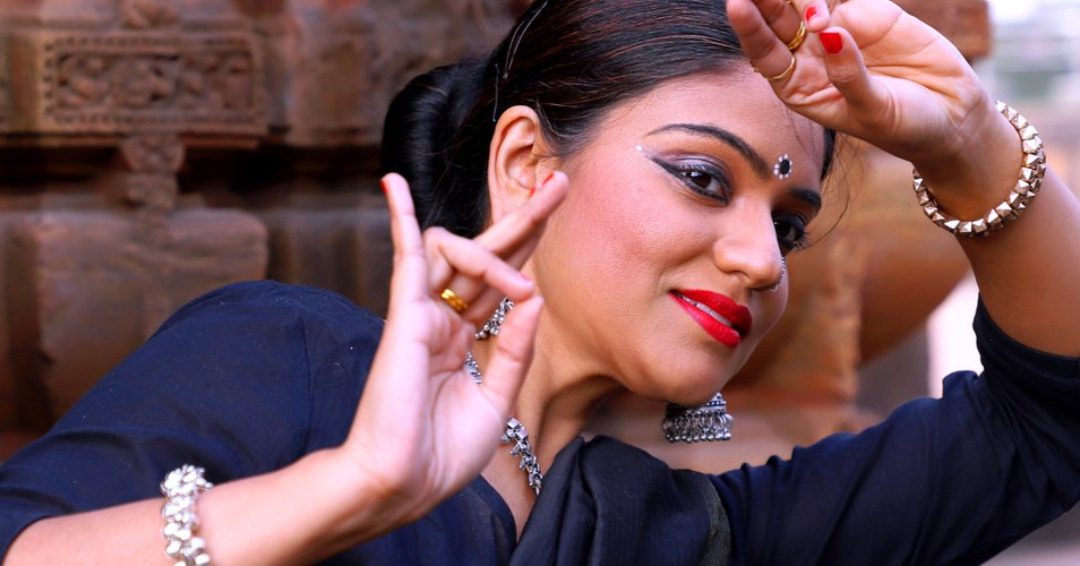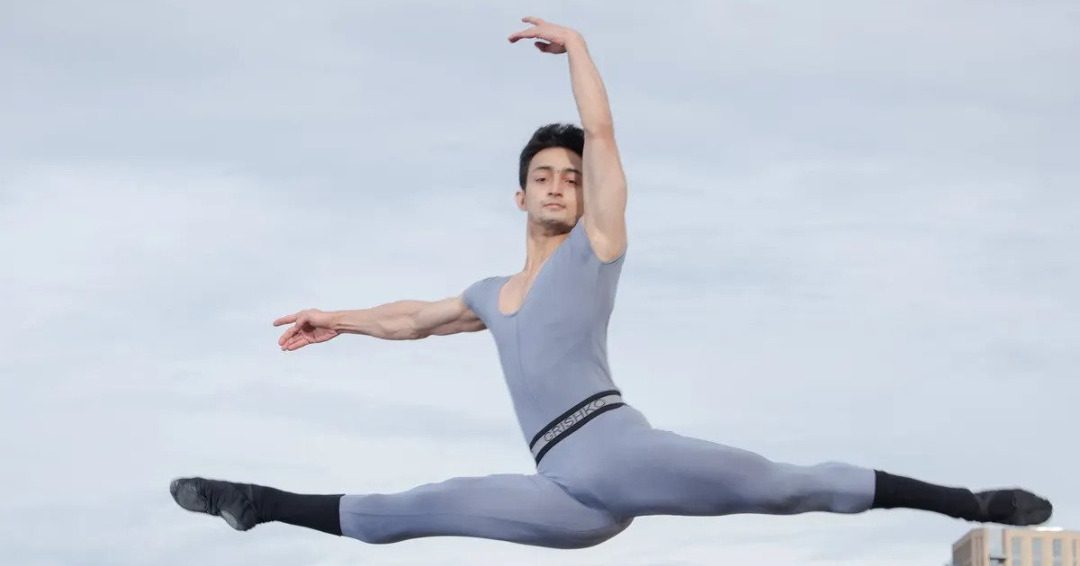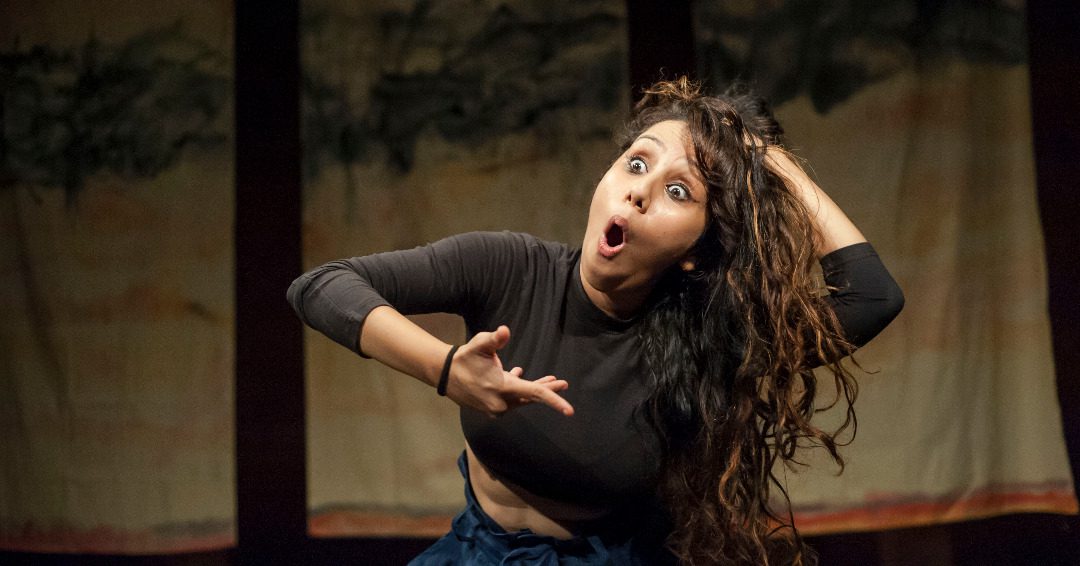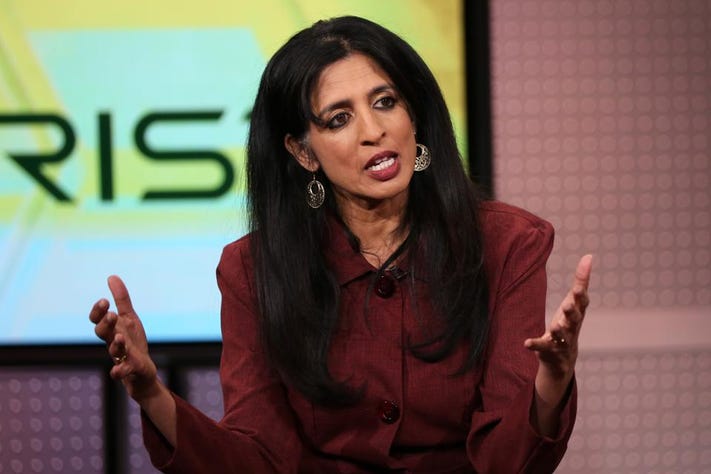(October 27, 2021) It’s through the rapid footwork and enchanting tukdas and tihais that Anindita Neogy Anaam Indian artists who have been telling stories on stage. The language of dance is what this Kathak exponent knows the best, and she loves exploring it layer by layer through her art form. Being acquainted with both Jaipur and Lucknow gharanas of the dance form, she is one of the few talents who has taken Kathak to the world stage.
The recipient of the National Nritya Shiromani Award and Jayadev Rashtriya Puraskar, Anaam began training at a very young age, and instantly fell in love with Kathak. Now after years of total submission to her art, this Global Indian is busy making the dance form popular in the US by presenting it as a ballet and making people aware of this classical dance.
Kathak – from traditional form to ballet
The music of taal always made a young Anaam put on her ghungroos and seeing her love for dance, her mother Falguni Neogyis among Indian artists who has trained her daughter in Kathak. After the initial schooling, Anaam enrolled in the Uma Sharma School of Dance to learn the nuances and finer techniques from veteran exponent Uma Sharma. It was here that Anaam immersed herself into the world of Kathak, and knew that this was her calling. To hone her craft, she found her place under the tutelage of Guru Pt Rajendra Gangani of Jaipur Gharana where she learnt the rhythmic foot movements. She later transitioned to the Lucknow Gharana where she understood the finesse and graceful movements under Pt Jai Kishan Maharaj, who is the eldest son of Pt Birju Maharaj. It was Maharaj who changed the direction of dance for Anaam when he introduced a ballet approach to Kathak.
Being well-acquainted with Kathak from both Jaipur and Lucknow gharana, Anaam became a popular name in this art form in India. However, things started to shift for this artiste after she moved to Wisconsin in the US in 2015. With not much awareness about Kathak in this part of the US, Anaam like other Indian artists found it quite challenging to introduce the non-Indians to her style of dancing. However, she was determined to make people aware of the beauty of Kathak.
View this post on Instagram
“When I first shifted to the North East part of Wisconsin, it was a challenge to spread the Indian art because these areas have very less exposure to Indian culture, unlike Bay Area and New York where there is a thriving Indian community. I was culturally shocked but the dancer inside me didn’t let me rest,” she told the Statesman in an interview.
Making Kathak popular in the US
Anaam revealed to The Hindu that people of Wisconsin often confused Kathak with Bollywood and it took a great deal of time to make them understand the beats, tempo and rhythm and how they were similar to ballet and not Kathak. Back in 2015, Kathak was too new a dance form for the people of Wisconsin. “From here started my journey of spreading the art instead of suppressing my artistic desires. I started reaching out to county recreational departments, libraries, parks, local ballet and tap dancing studios, colleges, schools, and insisted them on holding free workshops, no-fee dance classes, lecture demonstration and exchange programmes,” she added.
View this post on Instagram
Having its roots in mythology, Kathak did not resonate with the people of Wisconsin who had no idea about bhajans or the Radha-Krishna compositions. That’s when Anaam decided to blend fusion music with Kathak. “So I chose Indian classical world music such as Lasya by Anoushka Shankar, Niraj Chag’s Kanya, Fur Elise, Rhythmscape to name a few. My idea was that music transcends boundaries and connects hearts. So why use lyrics, let the music guide the soul. This idea worked wonders. They loved the fast paced Indian music with powerful Kathak recitals and started to derive pleasure from each performance,” she said.
Awareness through dance form
Soon she started adapting her dance to the community, however, keeping the flavour of Kathak intact. Interestingly, Anaam started using her dance recitals not just as a form of expression and entertainment but also to create awareness. “In the US, if one wishes to work, one cannot keep going to mythology all the time. That is sort of a safe zone. I began experimenting with issues like depression, LGBTQ, trafficking, etc without compromising on the authenticity of the dance form, along with some collaborations. We need to come up with new ideas,” she told the Hindu.
Anaam, who has been in the US among Indian artists for more than five years now, believes that Indian art is mostly restricted to big cities like Chicago, Atlanta, and Texas, however, things are slowly changing as she is making every effort to make a classical form like Kathak popular in other parts of the country. The recipient of the National Nritya Shiromani award and Jayadev Rashtriya Puraskar, Anaam is an Indian Raga Fellow who has performed in leading festivals of India, Germany and the US. Not just this, she is also the Secretary of Wisconsin Dance Council Board, the first Indian Kathak dancer to achieve the feat.
View this post on Instagram
Anaam, who is making Kathak popular in the US, is happy to use dance as a tool of social transformation. “Dance is no more a medium of only depicting various moods of love and emotions in Radha Krishna storytelling method but slowly emerging into a strong tool of social transformation. The best part is that the authenticity of each style has been kept intact,” she added.
With Bollywood dance being one of the most popular dance forms from India in the US, artistes like Anaam are spreading awareness about Kathak and helping dissolve the confusion regarding different art forms from India. In just five years, Anaam has made the residents of Winscosin warm up to Kathak, a dance form that’s a beautiful way of story telling.
Follow Anindita Neogy Anaam on Instagram and Twitter




